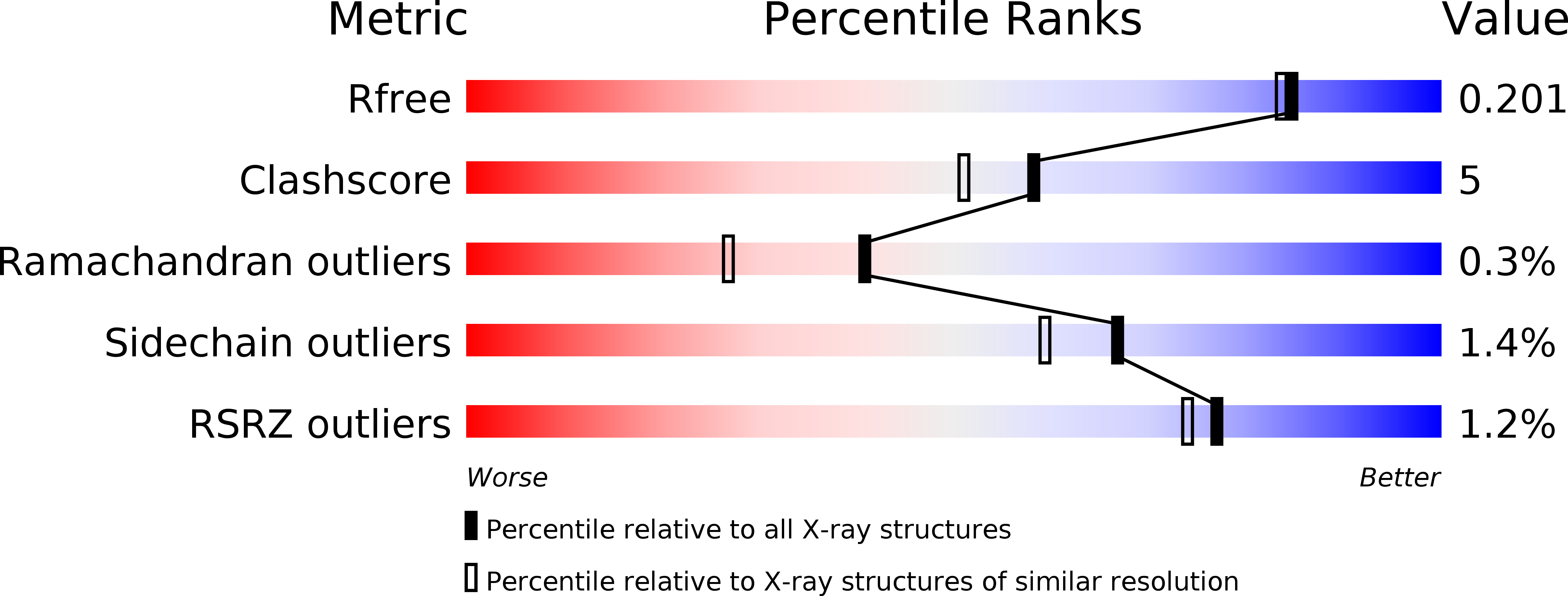
Deposition Date
1997-11-03
Release Date
1999-01-13
Last Version Date
2024-11-20
Method Details:
Experimental Method:
Resolution:
1.80 Å
R-Value Free:
0.22
R-Value Work:
0.17
R-Value Observed:
0.17
Space Group:
P 1 21 1


